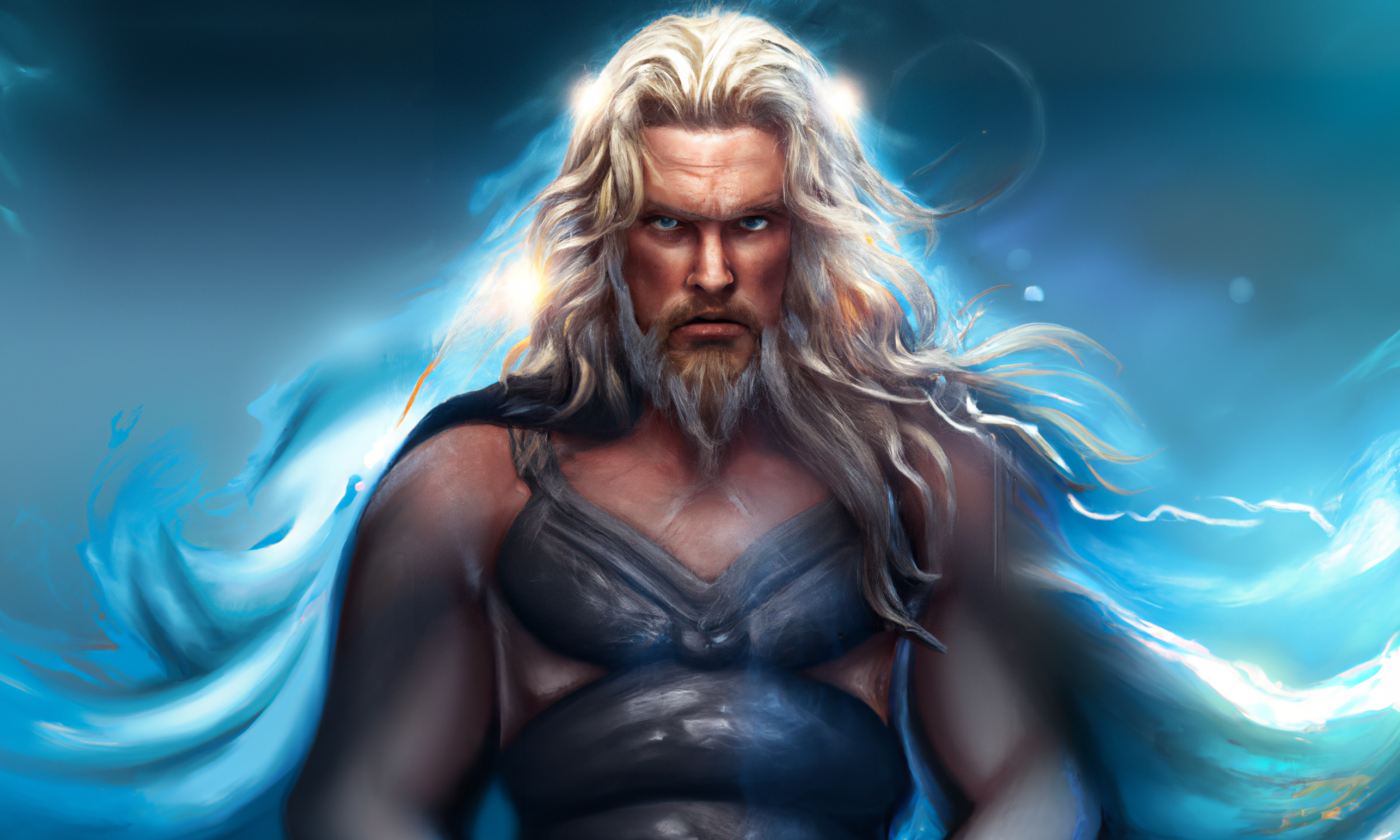GULLVEIG
Gullveig, the Resilient Enchantress:
Gullveig is an enigmatic figure enveloped in the mystique of Norse mythology, frequently associated with the elements of magic, longing, and metamorphosis. Her tale is predominantly narrated in the poem "Völuspá," which forms part of the Poetic Edda, a crucial compilation of Old Norse poems. Within the context of "Völuspá," Gullveig is described as a formidable entity, possessing both breathtaking beauty and cunning intelligence. She is characterized as an adept magician with a captivating aura that commands the undivided attention and desire of the gods. Gullveig's precise nature and origins remain largely undisclosed, thus paving the way for various interpretations and conjectures. The verse recounts how Gullveig was impaled by spears and thrice subjected to flames by the Aesir, the principal group of gods in Norse mythology. Despite these relentless attempts to cause her harm or death, Gullveig emerges each time, indicating her remarkable resilience and arcane nature. Her survival and subsequent resurgence after every assault suggest a potent and mystifying existence. The poem does not thoroughly expound on the Aesir's motives behind their actions towards Gullveig, but her relationship with gold and the reference to avarice and strife in subsequent stanzas propose a correlation between her presence and the onset of dissension among the gods.
Gullveig's narrative frequently resonates with the notion of rebirth and rejuvenation. Certain interpretations postulate that she epitomizes a fundamental force of turmoil and transformation, which undermines the stability of the divine realm. Her resilience and tenacity in the face of devastation symbolize the cyclical pattern of life and the unescapable reality of change. In Old Norse, the name "Gullveig" is a compound of two components: "gull," which means "gold," and "veig," which can be translated as "intoxication" or "merriment." Consequently, the name Gullveig can be comprehended to signify "Gold Intoxication" or "Gold Revelry" in Old Norse. The name underscores Gullveig's connection with gold and affluence in Norse mythology. It accentuates her charm and captivating character, which magnetize the attention and desire of the gods. Gullveig's name imparts a sense of luxury and enchantment, mirroring her role as an elusive yet influential entity within the Norse pantheon.
To conclude, Gullveig occupies a tantalizing and alluring position within the rich tapestry of Norse mythology. Even though narratives focusing specifically on Gullveig might not be copious, her prominent role in the "Völuspá" and her associations with wealth and sorcery add intricate dimensions to her character. Gullveig's remarkable resilience and her ability to endure being impaled by spears and exposed to fire multiple times exemplify her invincible spirit and mysterious nature. She endures these traumatic ordeals only to rise again each time, underscoring her inherent strength and inherent mystical properties. Her name, translating to "Gold Lust" or "Gold Drunkenness," accentuates her relationship with wealth and the allure it holds over individuals. The name itself serves as an allegory for the intoxicating lure of riches, contributing to a deeper understanding of her character and the themes she embodies. Gullveig's narrative invites contemplation on a variety of themes, such as lust, strife, and transformation. She stands as a catalyst for change, disturbing the established order and stirring a mix of awe and fear. Her survival following each violent attack symbolizes the cyclical nature of existence and the relentless inevitability of change. In essence, Gullveig's character is a profound embodiment of the ceaseless cycles of life, death, and rebirth that pervade existence. Her narrative is a compelling study of transformation, resilience, and the intoxicating allure of wealth, presenting a fascinating facet of the multifaceted Norse mythology.
Other Readings:





